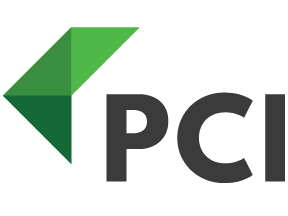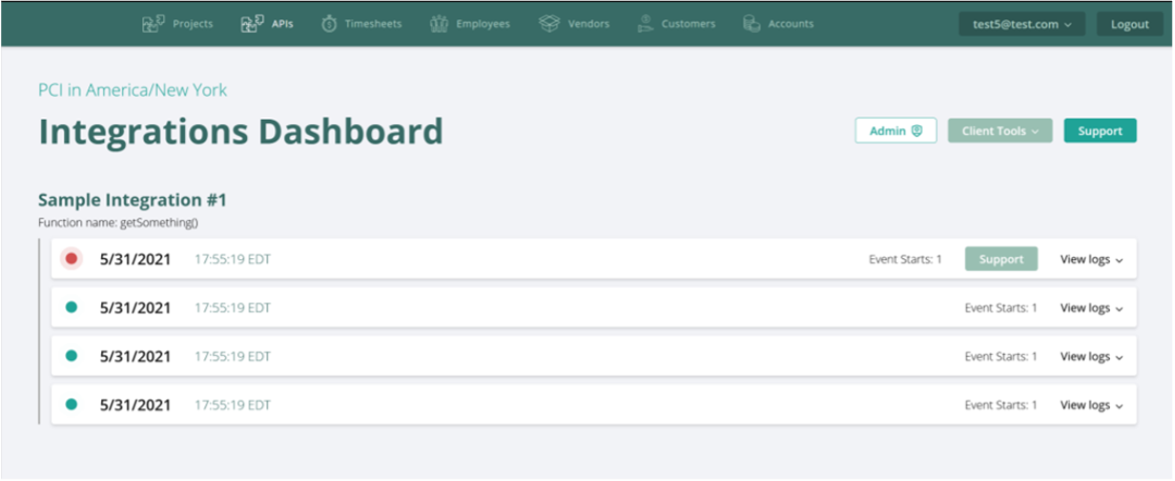My name is John Trela, I am a principal consultant at Premier Consulting and Integration LLC (PCI). As you may know, PCI is a systems integrator for Deltek products.
When I first started my journey into understanding the Deltek API, there were many challenges and questions that arose regarding the programming and integration of systems. In our new blog series around API’s, I will share best practices and answer questions you may find helpful on your API journey.
What is an API?
API’s allow the integration of Deltek and many applications/systems. A company could be using various systems for HR, Accounts Payable/Receivable, Payroll, travel, etc. in which they need to connect to their other products.
API “calls” as they are referred to, allow the transfer of data between said systems. In simple terms, an API call is like writing a letter, there is a header and address section, the body of the letter and the closing signature and title block which ends the letter. These headers direct where the API call will go, the body section contains the actual data being transferred and the signature closes the call and generates a response. API calls are preferred over using Structured Query Language (SQL) programming because API’s use the data validation built into Deltek to qualify the calls and make sure the data is correct before accepting the calls.
Example: If you are creating a new employee in Deltek Costpoint and you tried to enter the Social Security Number (SSN) providing too many numbers or providing letters instead of numbers the system would fail to complete the call and send back a response letting you know the SSN did not pass validation.
What are some practical use cases for API’s inside of Deltek?
Practical applications for APIs range from HR functions such as setting up employees, updating employee records, importing travel data, issuing Accounts Payable vouchers for payment or EFT payments for travel data and/or updating Accounts Payable records from bill pay services. In short, the API can streamline many functions which employees are currently entering by hand or entering multiple applications. Inside of Deltek Costpoint, you can import or export data, run and return reports, or issue instructions to run any saved parameters inside of Deltek applications.
5 Things you need to know before diving into APIs:
- Check to make sure the application you want to link into Deltek supports API’s and the level of business servicers you are currently being supplied with do not have any additional costs for accessing API’s.
- Identify tasks inside of your organization in which duplications of effort exist, setting up an API can help streamline and automate these efforts.
- Deltek provides a Web Integration Console (WIC) to generate API calls and test the integration methods. Programming knowledge is preferred when working with WIC.
- Understand programming language such as JSON and WSDL will be helpful on your journey.
- Build a team of individuals with programming expertise and employees who are familiar with Deltek and the applications you wish to integrate into.
Tips and tricks from the path to API perfection:
Employee information in Deltek’s API can be appended and the salary records can be updated. However, when integrating these modules, I have found that the calls need to be setup to enter one individual at a time instead of sending multiple blocks of employees. Costpoint think every new entry is a new employee until the validation is complete and the record is appended. If you only have 10 seat licenses left, you can only update 10 records at a time. As a workaround for rolling out applications across multiple clients it’s best to make the calls one employee at a time.
Make sure you have proper triggers in place when testing and implementing your API calls. I.E: If employees do not have employee ID’s setup but the salary records exist, do you want to send that date, or should the data wait until an employee ID is provided? Decisions on the quality for the data need to be mapped out before you start making calls.
I’ve found it easiest to start off designing an API call with all the provided fields inside of the Deltek application. Then limiting the items down to the fields that are provided in the application you are integrating in and identifying static fields that can be programmed into the feed as well as items that are required for your specific company.
API integrations and future projects:
This journey has been one met with great technical challenges. Every new integration presents technical challenges which must be overcome. I would love to hear how your Deltek API integration is going and what challenges you have had to overcome. If you are just staring out on your journey, I hope this article is helpful and if you need any guidance or direction PCI and myself are here to help!
Helpful Resources:
Join our Forum:
Request to join our WIC and API LinkedIn Group here.
Contact the Author:
John Trela
Principal Consultant
Email: [email protected]






